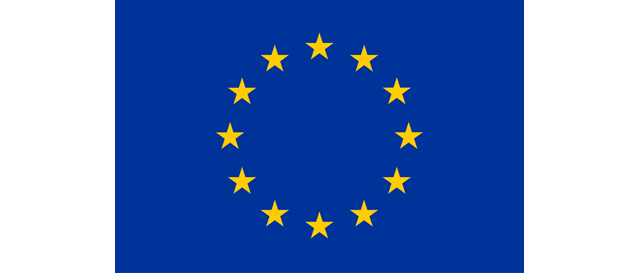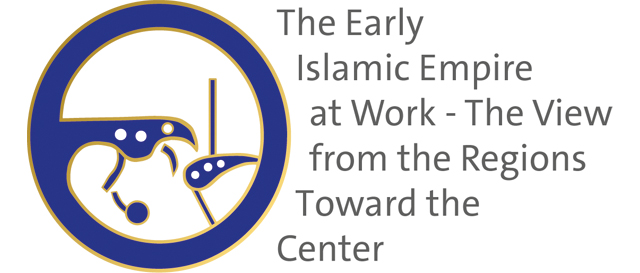Khurasan
Khurasan (North-western Iran and Afghanistan). The history of the Islamic Empire was much determined by the region of Khurasan, with its capitals Nishapur, Marw and Balkh. Among the samples of provinces Khurasan saw a lot of research (Daniel 1979; Paul 1996). The territories of eastern Khurasan were centers of Bactrian, largely Buddhist and Zoroastrian culture and of Islamic erudition. The Barmakids, the formidable family of viziers in al-Mansur’s and Harun al-Rashid’s empire (second half of the 8th c.) came from an important Buddhist family in Balkh. Balkh served an important trading post with China. The caliph al-Maʾmun took his residence in Marw. Nishapur was an economic hub of the cotton industry (Bulliet 2009) and glass production. The Bamiyan Valley and the region around Kabul were centers for important silver and copper mining. The troops of ninth century Samarraʾ, Iraq, came partly as slaves from Central Asia and partly as military led by Sogdian princes who rose to enormous military power in the center and later in the provinces (de la Vaissiere 2007). The PI is involved in the post-excavation phase of the BACH-project (Balkh Art and Cultural Heritage), University of Oxford in co-operation with DAFA, Kabul. Nishapur was excavated by The Metropolitan Museum of Art in the 1930s and 1940s.



